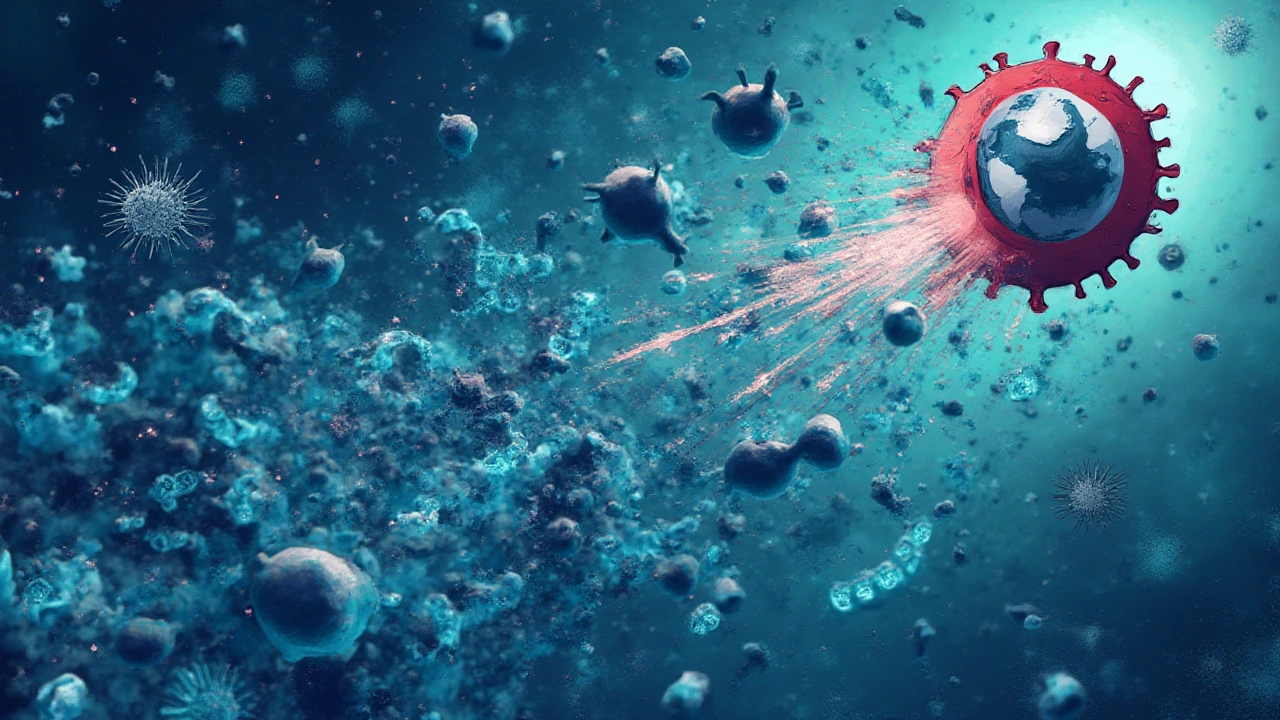Pathogens Explained: What They Are and How to Guard Against Them
Did you know a single microscopic organism can trigger a full-blown illness? Those troublemakers are called pathogens, and they’re behind most infections we hear about. Understanding them isn’t just for scientists – it helps anyone stay healthier day to day.
Common Types of Pathogens
Pathogens fall into a few main groups. Bacteria are single‑cell organisms that can multiply quickly; some cause food poisoning while others live harmlessly in our gut. Viruses are even smaller and need a host cell to reproduce – think flu, COVID‑19, or the common cold. Fungi include yeasts and molds; they can cause skin rashes or more serious lung infections. Lastly, parasites such as protozoa or worms live off a host and often spread through contaminated water or food.
Each group has its own tricks. Bacteria may produce toxins that damage tissues, while viruses hijack our cells to spread. Fungi thrive in damp places, and parasites often evade the immune system for months. Knowing which type you’re dealing with guides the right treatment – antibiotics for bacterial infections, antivirals for some viruses, antifungals for fungal issues, and specific meds for parasites.
Practical Ways to Reduce Exposure
First, wash your hands often with soap and water for at least 20 seconds. It’s the cheapest, most effective barrier against bacteria and viruses that sit on surfaces. When soap isn’t handy, an alcohol‑based hand sanitizer works well for most germs.
Second, keep your environment clean. Regularly disinfect kitchen counters, bathroom fixtures, and frequently touched items like door handles. Using a bleach‑based cleaner or a product with at least 70% alcohol kills most pathogens.
Third, stay up to date on vaccinations. Shots train your immune system to recognize specific viruses and bacteria, cutting down the chance of severe illness. Talk to your doctor about the recommended schedule for flu, COVID‑19, HPV, and others.
Fourth, practice safe food habits. Cook meat to the right temperature, wash fruits and vegetables, and avoid cross‑contamination by using separate cutting boards for raw meat and produce.
Finally, protect yourself when traveling or in crowded places. Wear masks in high‑risk settings, use hand sanitizer before meals, and drink bottled or filtered water if local supplies are questionable.
Remember, pathogens are everywhere, but you control how many get a chance to cause trouble. By combining good hygiene, vaccination, and smart food choices, you lower the odds of infection dramatically. Stay aware, act quickly when symptoms appear, and you’ll keep most pathogens at bay.

Understanding How Infections Affect Your Immune System: Facts, Tips, and Surprising Connections
Jul, 18 2025Explore how infections shape your immune system, discover surprising facts, practical tips, and get the latest insights on immunity and staying healthy.
READ MORE